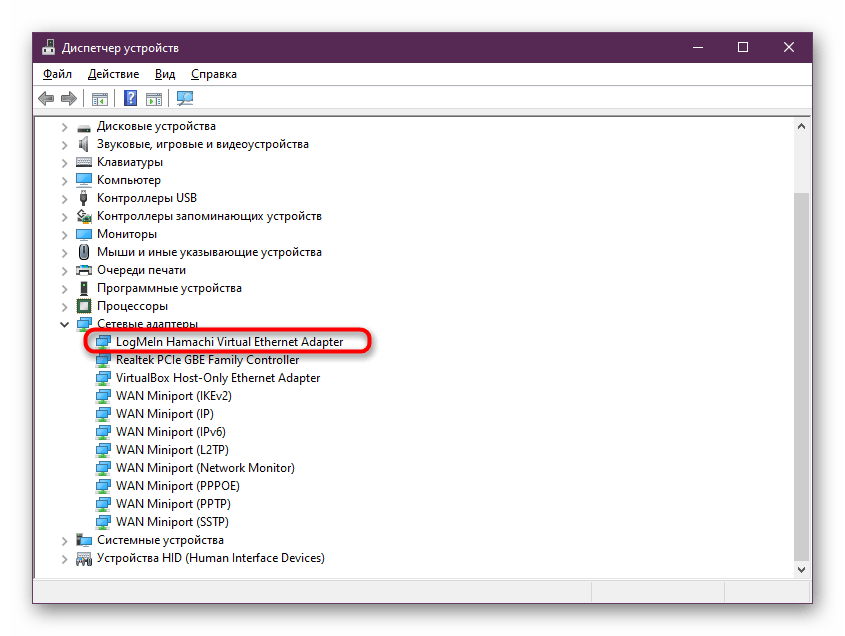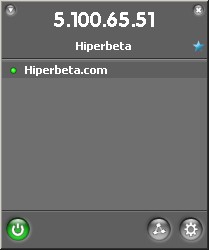

- #Difference from managed and unmanaged logmein hamachi android
- #Difference from managed and unmanaged logmein hamachi software
- #Difference from managed and unmanaged logmein hamachi Pc
- #Difference from managed and unmanaged logmein hamachi free
Addressing Įach Hamachi client is normally assigned an IP address when it logs into the system for the first time. The company is working on a less intrusive solution to the problem. In February 2007, an IP-level block was imposed by Hamachi servers on parts of Vietnamese Internet space due to "the scale of the system abuse originating from blocked addresses".

#Difference from managed and unmanaged logmein hamachi free
The vendor provides free basic service, and extra features for a fee. Hamachi is frequently used for gaming and remote administration. Some Hamachi clients also get closed port on other clients, which cannot be repaired by port forwarding. This enables Hamachi tunnels to withstand transient network problems on the route between the client and the server as well as short periods of complete server unavailability. When the server unexpectedly loses client's connection, it informs client's peers about the fact and expects them to also start liveliness checks. In the event of unexpectedly losing a connection to the server, the client retains all its tunnels and starts actively checking their status.
#Difference from managed and unmanaged logmein hamachi software
Additionally 1.0 series of client software are capable of relaying traffic through vendor-maintained 'relay servers'. This process does not work on certain combinations of NAT devices, requiring the user to explicitly set up a port forward. Detailed information on how it works has not been made public. When establishing tunnels between the peers, Hamachi uses a server-assisted NAT traversal technique, similar to UDP hole punching. When a member of a network goes online or offline, the server instructs other network peers to either establish or tear down tunnels to the former. The synchronization step brings a client's view of its private networks in sync with other members of these networks. The discovery is used to determine the topology of the client's Internet connection, specifically to detect the presence of NAT and firewall devices on its route to the Internet. The login step authenticates the client to the server and vice versa. When the connection is established, the client goes through a login sequence, followed by the discovery process and state synchronization. The Windows version also recognizes and tunnels IPX traffic.Įach client establishes and maintains a controlĬonnection to the server cluster. Hamachi currently handles tunneling of IP traffic including broadcasts and multicast. Outbound traffic sent by the operating system to this interface is delivered to the client software, which encrypts and authenticates it and then sends it to the destination VPN peer over a specially initiated UDP connection. Hamachi is a proprietary centrally-managed VPN system, consisting of the server cluster managed by the vendor of the system and the client software, which is installed on end-user devices.Ĭlient software adds a virtual network interface to a computer, and it is used for intercepting outbound as well as injecting inbound VPN traffic. The feature was previously available to all users but became restricted to paid subscribers only as of November 19, 2012. įor paid subscribers Hamachi runs in the background on idle computers.
#Difference from managed and unmanaged logmein hamachi android
It is currently available as a production version for Microsoft Windows and macOS, as a beta version for Linux, and as a system-VPN-based client compatible with Android and iOS. Hamachi became a LogMeIn product after the acquisition of Applied Networking Inc. Like other VPNs, it establishes a connection over the Internet that emulates the connection that would exist if the computers were connected over a local area network (LAN).

#Difference from managed and unmanaged logmein hamachi Pc
It is capable of establishing direct links between computers that are behind network address translation (NAT) firewalls without requiring reconfiguration (when the user's PC can be accessed directly without relays from the Internet/WAN side). LogMeIn Hamachi is a virtual private network (VPN) application developed and released in 2004 by Alex Pankratov. Proprietary (Free of charge for up to 5 devices) Microsoft Windows (XP or later), macOS, Linux, Linux on ARM (beta)


 0 kommentar(er)
0 kommentar(er)
